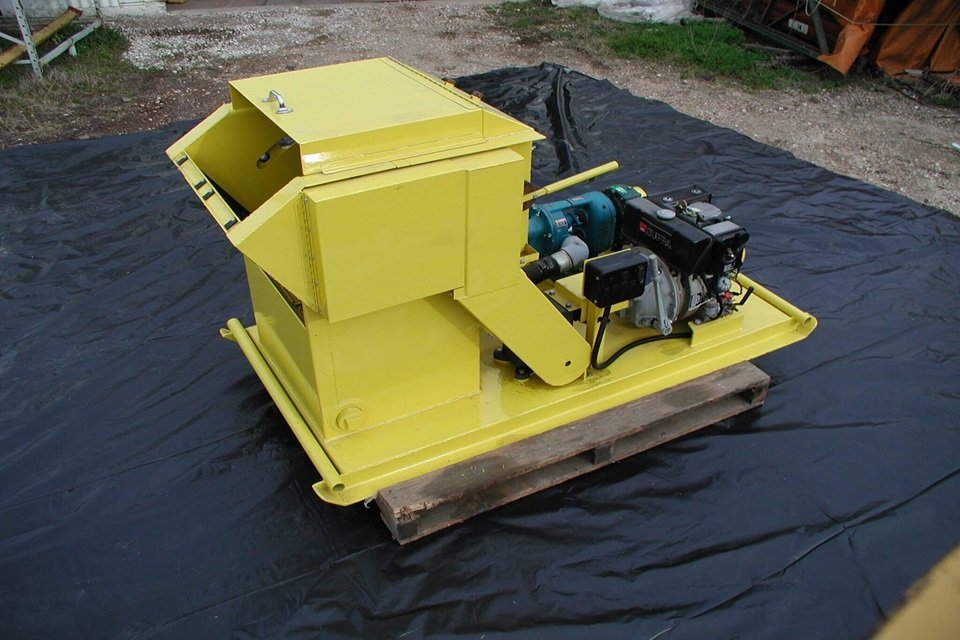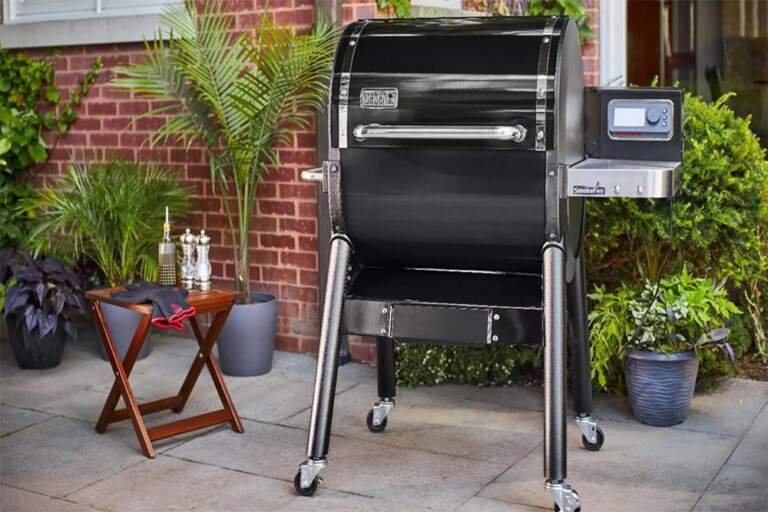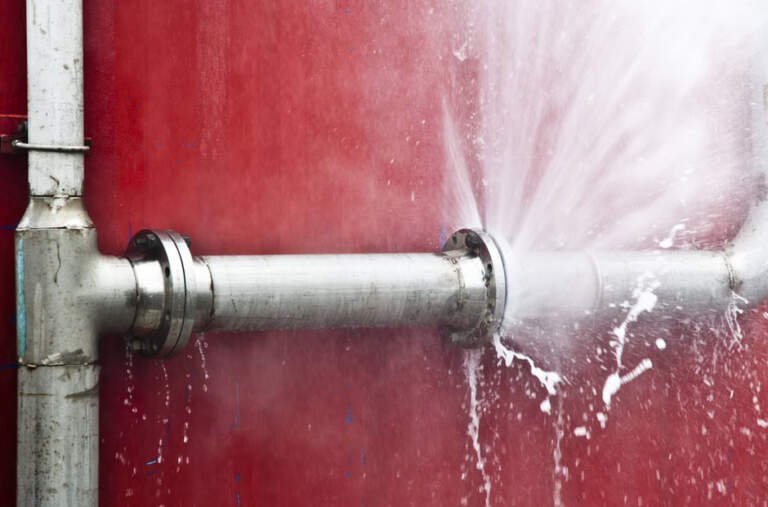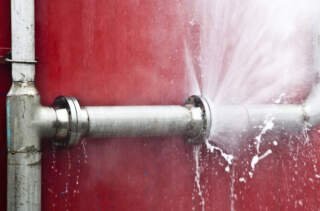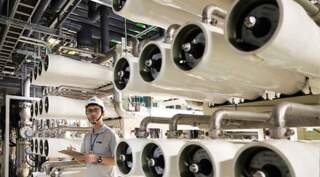In environmental conservation and machine upkeep, taking out oil from water or coolant is a critical activity seen in industrial, marine and other types of places. This work involves a crucial tool known as an oil skimmer.
Oil skimmers are industrial devices that separate oils and hydrocarbons from denser fluids, like water. These are very important for the environment’s safety and help ensure waste oils are disposed of correctly. They stop machines’ effectiveness from being harmed by oil-polluted coolants or cutting fluids.
However, not every oil skimmer performs similarly, and selecting the correct type is crucial to getting the best results.
Let’s explore oil skimmers, how they work, and the main types employed today.
How Oil Skimmers Work
Oil skimmers are straightforward mechanical tools that utilise a skimming media—belts, disks, or ropes—to lift floating oil or grease from the fluid’s surface. Two fundamental principles govern the efficiency of oil skimmers:
Specific Gravity
Specific Gravity, or Relative Density, is a crucial fluid property, referring to the ratio of a fluid’s density to a reference fluid (commonly water for liquids). Oil and hydrocarbons usually possess a lower specific gravity than water. This characteristic enables oil to float on water, setting the stage for separation.
Surface Tension
Surface Tension describes fluid molecules’ attraction to one another and other materials. Oil and water exhibit markedly different surface tension properties, with oil having a lower affinity for water. This difference causes oil to adhere more readily to skimming media over water, separating the two when the skimmer is in operation.
Types of Oil Skimmers
- Weir Oil Skimmers
These skimmers are incredibly effective due to the natural tendency of oil to rise above water. A weir – the barrier that sets the oil level – creates a block, causing a characteristic flow that channels the oil over the weir into a collection unit. Weir oil skimmers encompass manual or automatic height adjustments, allowing them to adapt to variable water levels in environments where they might not be constant and maintain efficiency.
These skimmers are highly versatile, working effectively in various settings, ranging from small ponds to vast ocean-based oil spills. The simplicity of their design allows for ease of operation.
- Oleophilic Oil Skimmers
Oleophilic means having an affinity for oil, and this type of skimmer uses skimming media that inherently attracts and soaks up oil over water. Oleophilic oil skimmers excel in cleaning up oil spills of varied thicknesses because of their selective affinity for oil, making them a versatile tool for many situations.
An example of this device type is the mop skimmer. It features a looped ‘rope’ that picks up oil as it moves through the water, which is then squeezed out by rollers once it is back on the skimmer.
- Non-Oleophilic Oil Skimmers
When oleophilic skimmers aren’t suitable—such as with certain hot alkaline aqueous parts washers—non-oleophilic skimmers come into play. These skimmers use materials that encourage oil to cling to them while water is allowed to run off, especially during a vertical climb. Belt oil skimmers of this sort are ideal for continual operation and can help prevent issues like bacteria growth by removing oil promptly before it accumulates.
Conclusion
Industrial facilities benefit immensely from using oil skimmers, whether safeguarding the environment from pollution or preserving the life of machinery by preventing oil contamination. With various types designed for specific scenarios, from handling oil spills to maintaining coolant systems, the appropriate selection of an oil skimmer can lead to significant cost savings and efficiency gains. Understanding each skimmer type’s underlying principles and capabilities is essential for choosing the right solution tailored to individual industrial needs.

